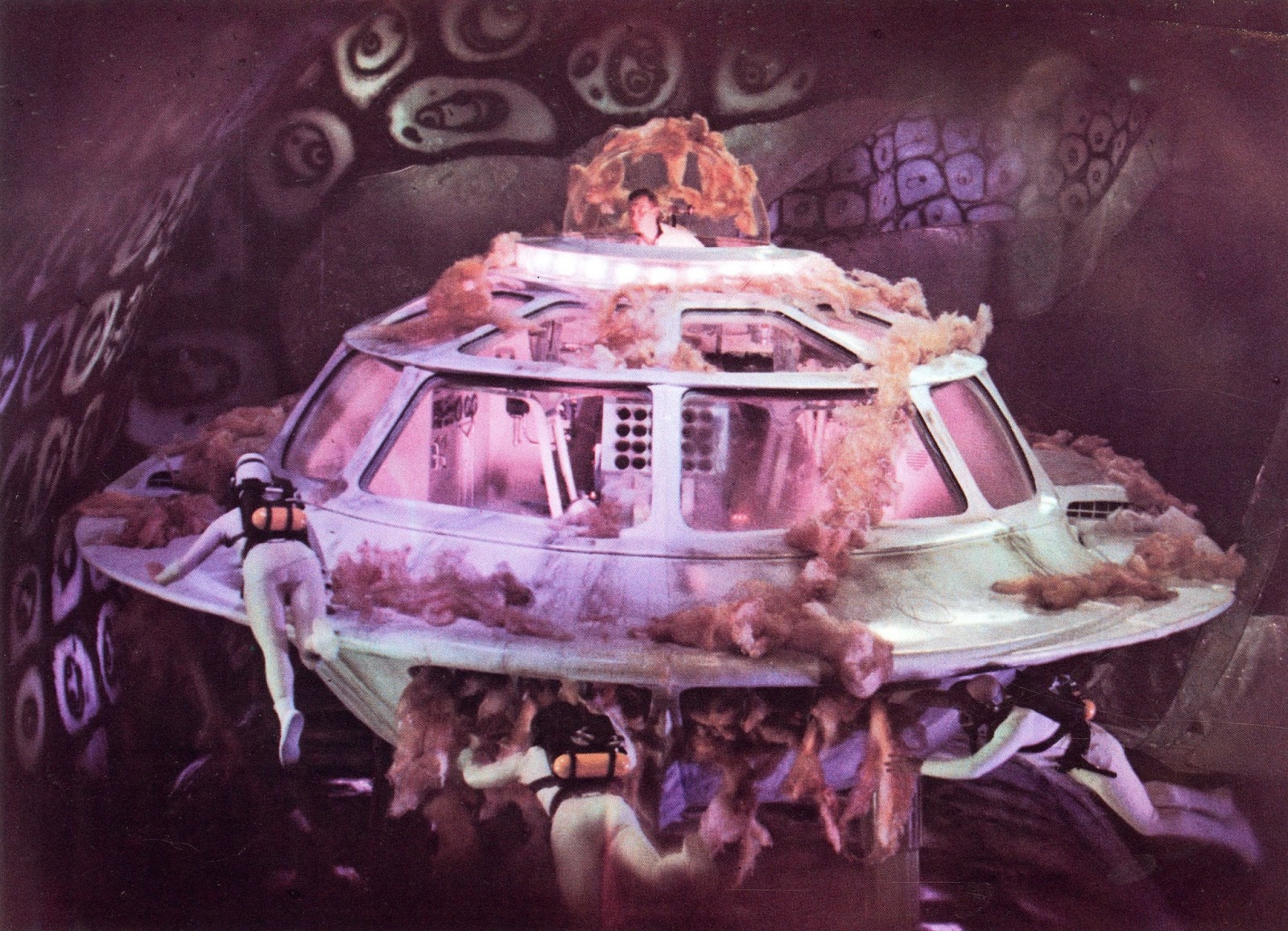Just like the 1966 film Fantastic Voyage, scientists are now well on their way to performing surgeries with the help of microbots. Although they aren’t exactly shrinking humans and submarines down to the microscopic level, developments in microfabrication and other areas are pushing the limits of the size and capabilities of medical instruments.
Over the past 10 years, an assortment of interesting designs for these microbots have emerged. Many of the devices mimic the shape and designs of protozoa or other microorganisms in the ways that they propel and interact with their environments.
Microbots Mimicking Real Organisms
Some of the designs resemble miniature metallic starfish, complete with legs capable of gripping materials, while others actually harness the locomotion of bull sperm cells like a microscopic rodeo. Other interesting shapes include magnetic helices that can actually deliver DNA to cells, steerable magnetic spheres packed with drugs, or even micro scallops that can flap their way through the eye’s vitreous humor.
Although many of these devices are little more than curiosities, some are being tested in animals to determine the viability of bringing them to human patients. So far, the results of this early research are reassuring many of the application of microbots in medicine of the very near future.
Metin Sitti, leader of the Physical Intelligence Department of the Max Planck Institute for Intelligent Systems in Stuttgart, Germany says “our biggest impact will be in healthcare.”
Researchers are confident that with the right designs, a microbot, or perhaps a small army of them could provide targeted doses of cancer-fighting drugs, radioactive seeds, or even clear a blood clot, among other tasks like performing tissue biopsies or building a scaffold to grow new cells.
These applications may help to extend current trends in diagnosing diseases earlier and targeting therapies more precisely. Of course, realizing the dream of undertaking a real-life Fantastic Voyage means overcoming a range of engineering obstacles.
Paving the Way for A Fantastic Voyage
To start, notions of having something solid and free-floating in the bloodstream can have physicians running for the hills before even considering the idea, so there are also issues with such a technology’s marketability.
That said, the main issues to solve include:
- Keeping track of the object
- Making sure it isn’t toxic and won’t injure tissues
- Making sure it is designed to degrade or pass through the body safely
One of the main ways to maintain control over these microbots is through the use of magnetic forces, radio waves, or even chemical propulsion. Given their size, batteries are not really an option because they are too small to hold a reasonable charge and would require external guidance for most of the mission anyway. This has scientists experimenting with heat-sensitive structures as well as microbots that can create motion once they interact with bodily substances like gastric acid.
No, we’re not quite ready to shrink entire medical teams down to the size of a pill, although our pills are becoming rather advanced nonetheless.

